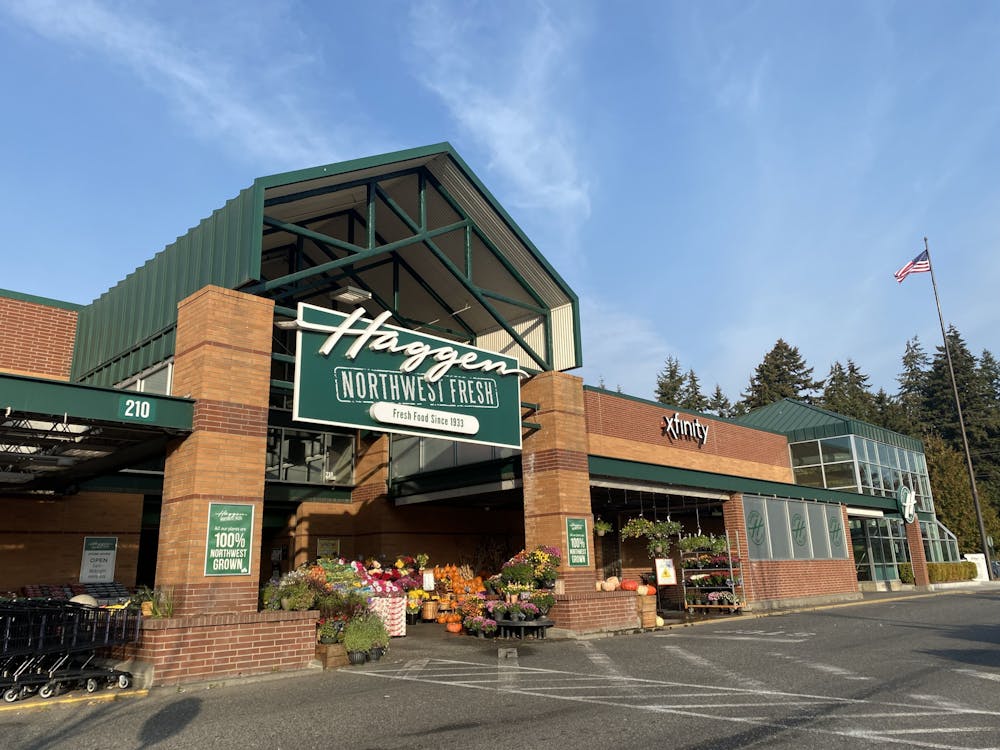Hazard pay will be ending on Oct. 31 for grocery workers in Bellingham. The $4 pay increase was tied to Bellingham’s COVID-19 Proclamation of Local Emergency that was originally put into place on March 10, 2020. Gov. Inslee announced on Sept. 8 that all remaining emergency orders for the state will come to an end by Oct. 31.
Hazard pay in Bellingham was initially implemented in the early stages of the COVID-19 pandemic to compensate grocery workers for the higher level of risk they took every day when serving the public. Grocery stores like Safeway, Albertsons and Kroger discontinued the increase in pay only a few months into the pandemic.
In May 2021, close to a year after hazard pay was initially discontinued, Bellingham City Council voted in favor of implementing it in grocery stores across the city. The city ordinance required grocery stores with at least 40 employees locally and 500 worldwide to pay employees an additional $4 in hazard pay.
The measure came after a months-long battle to implement it, led by UFCW 3000, the largest workers union in the state, grocery employees and Bellingham City Councilmember Lisa Anderson.
Anderson said the order was only expected to last a few months, but she’s grateful it’s lasted as long as it has.
“Timing is what’s difficult for me,” Anderson said. “We’ll be coming into the holiday season, and I know if I had a $4-an-hour pay cut, that would hurt.”
The ending of hazard pay doesn’t mean the pandemic is over, Anderson said. Instead, it means we are now more well-equipped to face it. Many feel that vaccines and COVID-19 treatment options have lessened the threat of COVID-19 for grocery workers.
For Arvin Thyagarajan, a Sehome Haggen employee, the pandemic is still very much a reality.
“People are still getting sick,” said Thyagarajan, who recently received notification of multiple COVID-19 exposures at work.
“There’s still long-COVID-19 effects,” Thyagarajan said. “Some people at my store got sick, and now their mood has totally changed; now they come in really tired and beat down because of brain fog.”
Thyagarajan said he understood hazard pay needed to come to an end eventually, and many of his coworkers expected it to be lifted before the end of the year. They didn’t, however, expect not to be made aware of its ending.
Thyagarajan said he and his coworkers didn’t know that hazard pay was set to end on Oct. 31 prior to being contacted for comment on this story.
Now that employees are aware of the upcoming termination of hazard pay, Thyagarajan predicts many minimum-wage workers will either ask for a raise or quit.
In anticipation of hazard pay coming to an end, UFCW 3000 worked for many months to renegotiate its contracts with stores like Fred Meyer, Haggen and Safeway. The union was able to successfully negotiate a wage increase between $4 and $9 for those already at the top of the wage scale. The new contract will go into effect in April 2023.
“We felt that the [upcoming expiration of our contracts] provided an opportunity, in anticipation of hazard pay going away, to address the long-term, systemic underpaying of people,” said UFCW Special Projects Director Tom Geiger.
Employees at the lower end of the wage scale, like Thyagarajan, won’t see as significant of a wage increase until further into the contract but can expect to be paid at least $0.10 above minimum wage to begin.
Nina Walsh (she/her) is a city news reporter for The Front. She studies political science and journalism.
You can contact her at ninawalsh.thefront@gmail.com.






